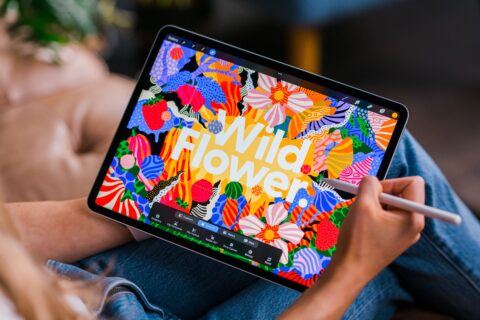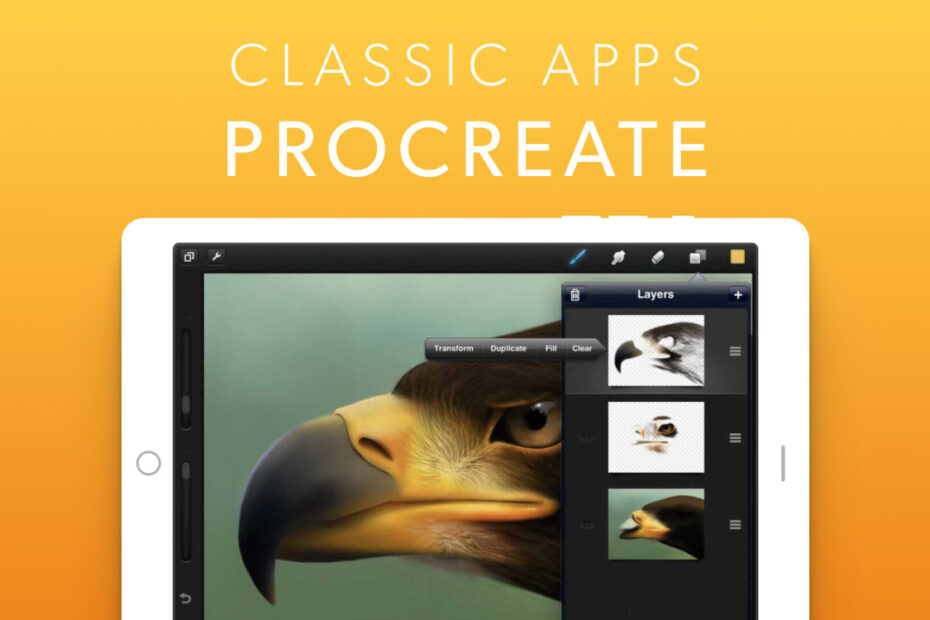The App Store’s best painting app has always been a work of art
The latest installment in our classic apps series explores a digital painting tool that elevated the process of refining and creating outstanding apps to a fine art.
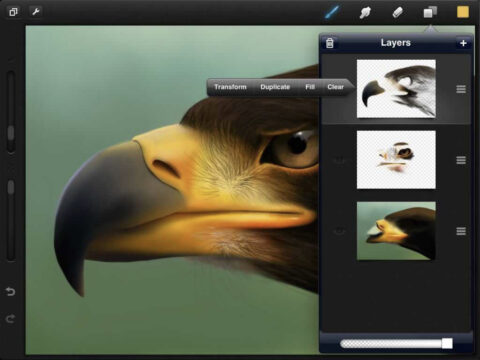
An early version of Procreate
What was Procreate?
An app for digital painting – initially on iPad, and then later on iPhone. Although it followed in the footsteps of Brushes and other tools, Procreate took the first syllable of its name seriously, and soon found favor with commercial illustrators.
Why was it a classic?
Because it mixed immediacy and power. Although you could delve into custom brushes and other details in Procreate, the app’s interface got out of your way when you wanted to paint. Sliders let you quickly adjust brush size and opacity. Gestures made undo/redo and image zooming a cinch. The combination felt like a quantum leap over ostensibly similar iPad software – and it was far cheaper (and yet more intuitive) than anything on Mac or PC.
Where is it now?
Procreate continues to be regularly updated, ensuring compatibility with modern devices, and occasionally adding new features, such as Apple Pencil hover support on iPad Pro.
Visit the Procreate website or get Procreate ($12.99/£12.99) or Procreate Pocket ($5.99/£5.99) from the App Store.
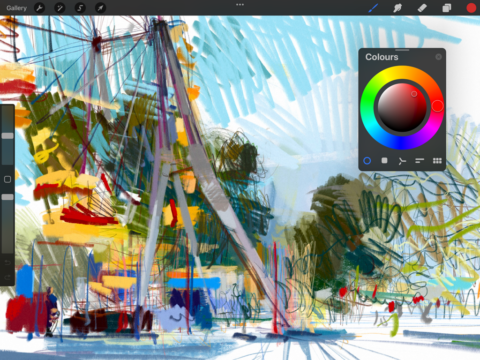
Q&A: behind the scenes at Procreate
We speak to Procreate Chief Product Officer Claire D’Este about the decisions that turned Procreate into the app it is today.
What was the genesis of Procreate?
Claire: The driving force has always been to make creative tools we would want to use. In the beginning, that was the painting experience co-founder James Cuda wished existed. But it’s gone on to guide everything we make.
How did you go about balancing power and immediacy in that first version of the app?
By removing the physical disconnect between you and what you’re trying to create. We made sure the engine was responsive, with no lag, to keep you in the flow. Then multitouch let us shift things from the visible user interface and into gestures. Once those became second nature, it looked like magic to watch an artist work.
How important were custom components to Procreate’s success?
Having a custom painting engine and user interface means we always have the power to make something better and squeeze every bit out of the hardware. And giving artists access to every brush setting empowers them.
We love how the community took this into their own hands – every time I see the wonderful brushes people make and a marketplace created by the community, it brings me joy and reminds me of the impact of our work.
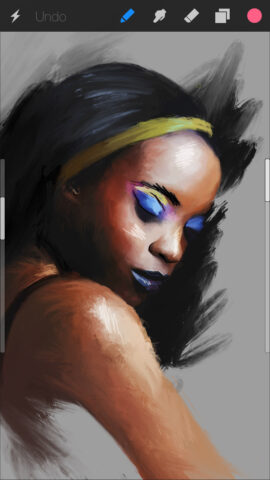
Procreate Pocket, in 2015
How did you refine the original iPad app into Procreate Pocket for iPhone?
Procreate Pocket 1.0 was designed to be lightweight, for quick sketches on the go. But as iPhones became more powerful, we wanted to pass that power on to artists.
In 2017, we began bringing more features from Procreate for iPad to Procreate Pocket. There were long debates about whether this made sense, and we had to consider screen real estate, hardware capability, gestures and interface, and more.
How did Apple Pencil impact Procreate and iPad art?
It changed everything. Apple Pencil was precise and responsive – the stylus we were waiting for.
What have been your biggest highlights of Procreate’s journey?
For me, accepting Procreate’s second Apple Design Award at Apple Park in Cupertino. We won the Inclusivity award for our accessibility features. Instead of considering accessibility a checkbox, we really tried to remove barriers for artists. It was amazing to see that effort recognized – not simply because of the award, but because our work brought a positive impact to the world.
Why do you think Procreate has remained a favorite app?
Procreate recently turned 12 and it’s astonishing to look back on how far we’ve come. Technology develops so quickly, and yet Procreate has managed to stand the test of time.
We believe that’s down to the caliber and frequency of updates we offer. Procreate offers quality for a small one-time purchase. We want to ensure our users are always happy with that initial purchase, and so consistently improve the app and develop new, intuitive tools – but without dramatically changing the app’s core.
